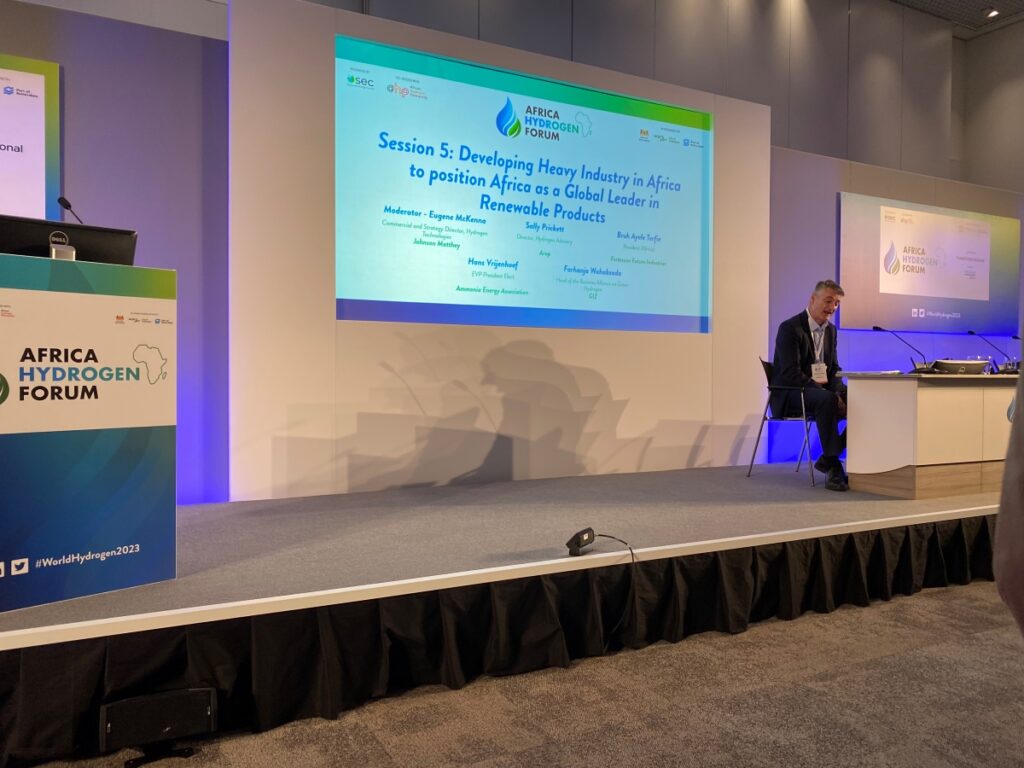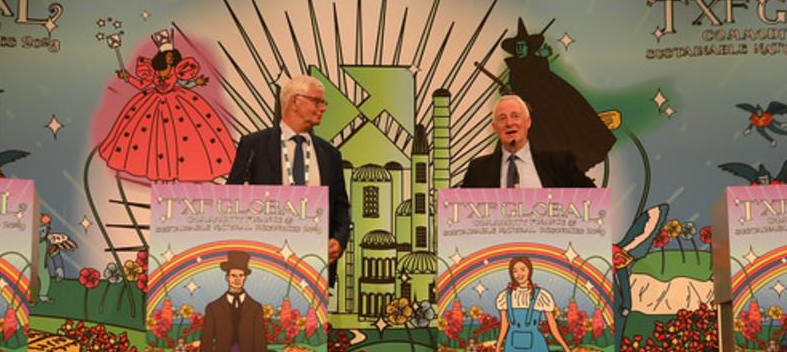International momentum on display in the Netherlands
By Hans Vrijenhoef on June 07, 2023
The World Hydrogen Summit 2023 was hosted in Rotterdam this month by the Sustainable Energy Council (SEC). The event welcomed over 11,500 decision makers, energy ministers and CEOs from over 100 countries. During the World Hydrogen Awards, winners included H2Global (for the launch of its first tender procedure for the procurement of green ammonia) and the Port of Rotterdam, which received the Port of the Future Award for the third consecutive year.
During the summit, a special event was held for projects in and by Africa. The need for local investments in downstream projects was heavily emphasized by representatives speaking on behalf of various African governments & companies. As well as big plans for the export of renewable ammonia from Mauritania, Morocco, Nigeria & Namibia, progress in developing ammonia-powered trucks on the continent was presented. On the technology front, companies presented cracking technology, ammonia safety software, and detection equipment for ammonia.

Amongst all the different kinds of hydrogen projects discussed at the summit – small and big, blue and green – ammonia seemed to be the common feature when large-scale imports were in-focus. As all of these projects are targeting imports well before 2030, this is a great sign for ammonia energy. Seven terminals for clean ammonia imports are currently in development in the Port of Rotterdam area, and the Port authority reaffirmed its ambition to act as the key facilitator for large-scale ammonia imports to Europe. Whether all projects will come to fruition is to be seen, but a number of them will definitely begin operations.

Amongst the various industry segments in attendance, it was positive to see clean ammonia getting more and more attention. It was especially interesting to see attention now being given to the training requirements for our new industry. Finding and teaching the talent that will be able to operate terminals, crackers, vessels and other key technologies is a critical piece of the puzzle – and one that is yet to be solved. Certification was also a hot topic, with DNV (amongst others) mentioning that a new certification system for ammonia will be announced in the coming months.
A few weeks later in Amsterdam, the TXF Global Commodity Finance & Sustainable Natural Resources 2023 was held. In an audience full of commodity traders, this was a terrific opportunity to introduce the AEA, and raise awareness of the market potential of clean ammonia.

Discussion revolved around the role of clean ammonia in future markets. Next to its traditional role in fertilizers, could ammonia be considered a battery for storing energy? The concept of ammonia as a medium and long-term storage option for renewable energy was an eye-opener for the audience, as was the idea of strategically storing ammonia at certain locations. A related topic that sparked much discussion was the restricted supply chain for rare earth metals used in the production of batteries and other clean energy technology. Hopefully, follow-up TXF events will keep their commodity-focused audience up-to-date about our developing industry.
Next month, I’ll report back from NH3 Event in Rotterdam, Europe’s only ammonia-focused conference.
